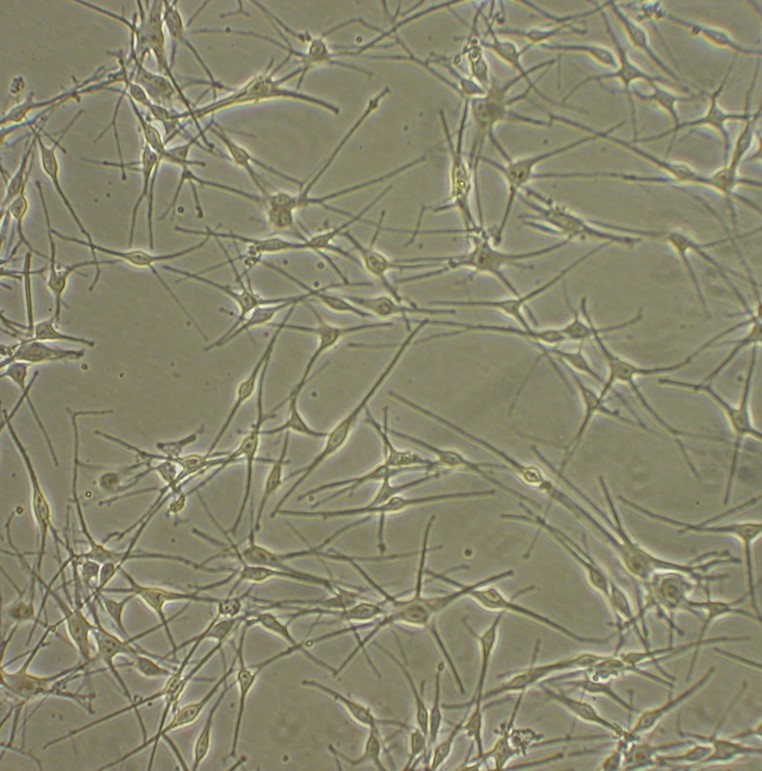Human Epidermal Melanocytes: HEM
Description
Human Epidermal Melanocytes (HEM) from Cell Applications, Inc. maintain their characteristic shape in culture for many generations. They produce melanin and serve as a useful cell model for the studies of melanocyte proliferation and differentiation, as well as progression of melanocytic neoplasia. Epidermal melanocytes are pigment-producing cells located at the basal level of epidermis, where they interact with keratinocytes via cellular processes called dendrites. Melanin, the pigment produced by melanocytes and responsible for skin color, is then transferred to keratinocytes, where it is stored in vesicles called melanosomes located around the nucleus to provide protection from UV radiation.
HEM provided by Cell Applications, Inc. have been used to:
- Identify unique features and biomarkers of melanoma cells
- Show that IGFBP7 is dispensable for B-RAFV600E-induced senescence
- Investigate mechanisms of cellular senescence, in particular by showing that Id1 extends the life span of melanocytes through inhibition of p16/INK4a expression
- Discover the central role of oncogenic BRAF gene in melanoma oncogenesis by demonstrating that the constitutive MAPK pathway activation leading to activation of mTOR, STAT3-dependent transcription of Mcl-1, Tbx3-mediated repression of E-cadherin leading to increased metastasis in melanoma cells all result from overexpression and/or mutations of BRAF gene
- Discover other key players in oncogenic signaling leading to melanoma, such as PI3K which regulates MAPK activation in response to oncogenic c-Kit activity, Nck2 adaptor protein which participates in regulation of tyrosine kinases activity and the role of mitochondria metabolism in advanced melanoma
- Demonstrate that p16INK4a-Rb-CDK4/6 senescence-inducing tumor suppressor pathway in inhibited in melanoma cells leading to proliferation of cells harboring DNA damage and by studying expression of senescence markers
Details
| Tissue | Normal healthy human neonatal foreskin | |
|---|---|---|
| QC | No bacteria, yeast, fungi, mycoplasma, virus | |
| Bioassay | Attach, spread, proliferate in Growth Med | |
| Cryovial | 500,000 HEM (2nd passage) frozen in Basal Medium w/ 30% FBS, 10% DMSO | |
| Kit | Cryovial frozen HEM (104-05n), Growth Medium (135-500), Subcltr Rgnt Kit (090K) | |
| Proliferating | Shipped in Gr Med, 3rd psg (flasks or plates) | |
| Doublings | At least 12 | |
| Applications | Laboratory research use only (RUO). Not for human, clinical, diagnostic or veterinary use. |
Resources
FAQs
Need More Help?
Visit our comprehensive FAQ page for detailed answers to common questions.
Need More Help?
Visit our comprehensive FAQ page for detailed answers to common questions.
Primary Cell FAQs